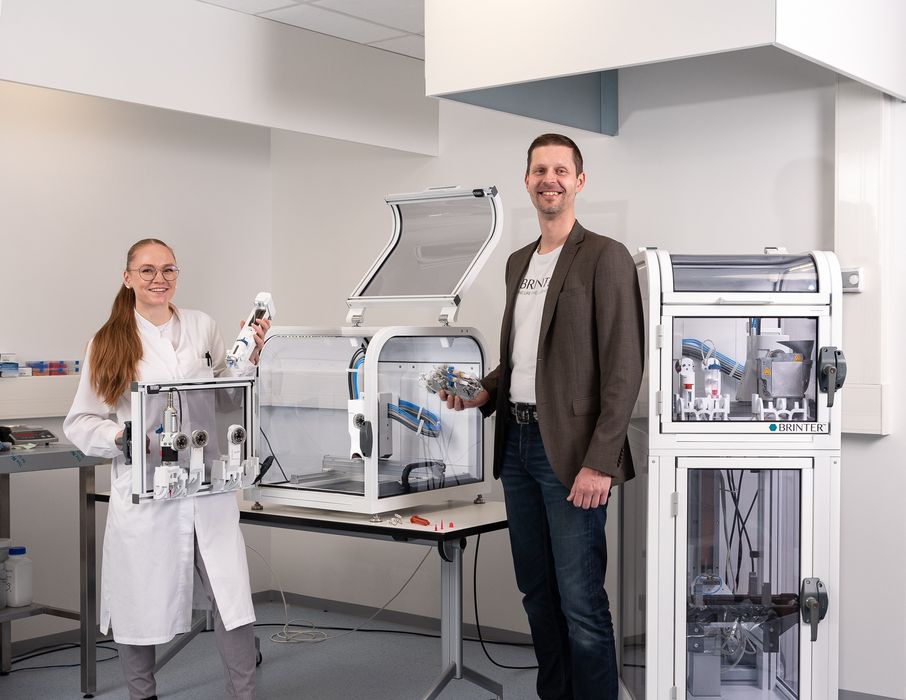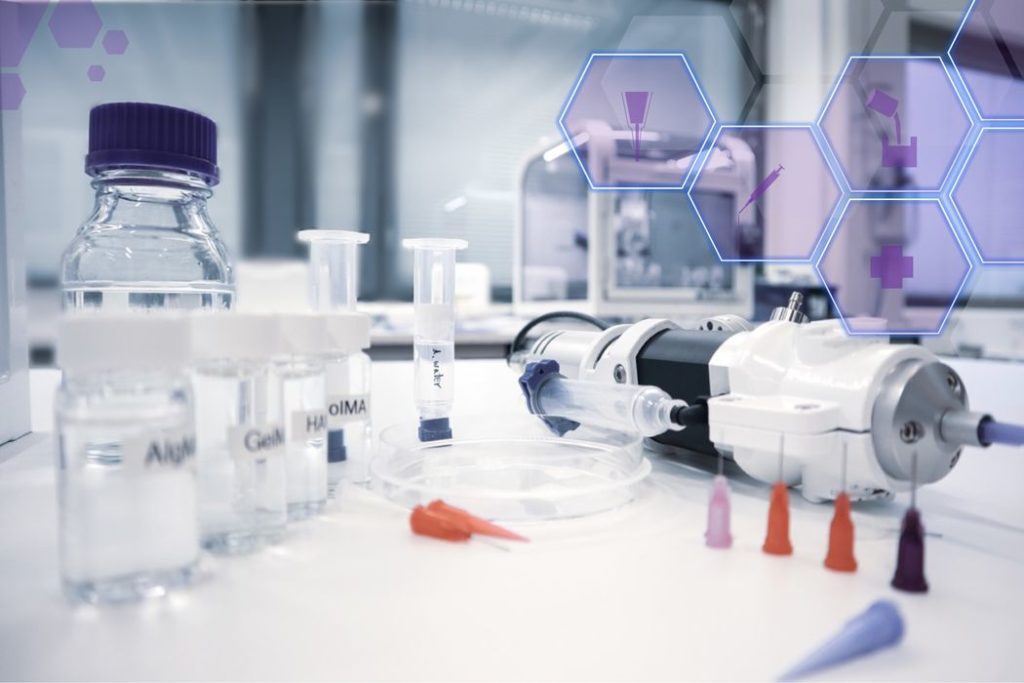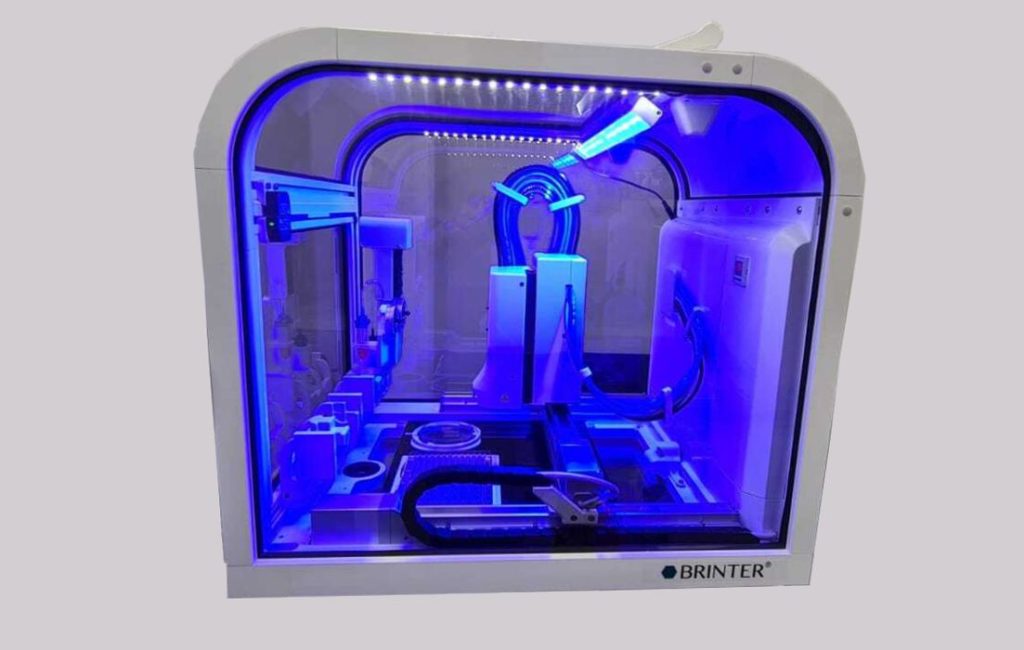
I wondered what a “Brinter” is, and found out.
It’s the name of a startup company producing a specialized bioprinter. Do you get how their trademarked name works? “BiopRINTER” = Brinter.
The company, based in Turku, Finland and California, was founded around 2018, and they currently produce the Brinter One, a desktop bioprinter. Well, actually it’s a bit more complicated than that. They explain:
“We provide comprehensive 3D bioprinting solutions and services for pharmaceutical, biotechnological and cosmetic industries, universities, and research facilities. We strive to learn our client’s specific applications and needs. Therefore, each Brinter Bioprinter is custom-built.”
The main application for their device currently is for tissue engineering. In this process, a sample of tissue is printed and on this can be tested a variety of experimental drugs. This effectively substitutes artificial tissue for live tissue from actual human subjects, dramatically shortening and simplifying the process of drug discovery.
Brinter explains how this works:
“3D bioprinting solutions also offer a cost-effective approach to shorten and enhance the productivity of the drug discovery process. Bioprinted tissue models (e.g., liver) with multiple cell types and complex, native-like, physiological environment will eliminate the need for in vivo models during the drug discovery process. In addition, bioprinted liver models can also be used to assess hepatotoxicity and carcinogenicity of compounds, such as crop protection chemicals. Bioprinting can also be used to recapitulate the cancer microenvironment by precisely locating tumor cells and microcapillaries in a tumor tissue model to study cancer pathogenesis, growth, and metastasis.”
The Brinter One is unique in that it can handle up to twelve different biomaterials in a single job. These bioinks are deposited in syringe-like mechanisms, either on glass surfaces or other more complex surfaces.

The ability to handle multiple materials is extremely powerful because most tissues, or at least the more interesting samples, are actually made from many different types of living cells. The ability to 3D print them in arbitrary configurations means the Brinter One can produce highly unusual bioprints.
There’s another very interesting feature of the Brinter One that was recently announced: an LED sterilization process.
Users of “regular” non-bio 3D printers have to prepare their devices for operation by cleaning the print bed or build surface, and that’s the same with a bioprinter. Except there’s one difference: because the material being printed is literally alive, there is a great danger of contamination.
This contamination could occur within the build chamber during printing, perhaps due to invasion of the printer by ambient biology or from residue of a prior print job. Thus its critical for tissue experiments to guarantee the print chamber is completely sterile before the job begins.

This is done on the Brinter One through their partnership with LED Tailor, a maker of sterilization components. The process used is called “Photon disinfection”. Basically, a disinfecting blue light is installed in the build chamber, and it can blast away unwanted biology at the start of each print job. Brinter said this process kills “all forms of bacteria, yeast, and mold.” The light causes the creation of reactive oxygen radical molecules within microbe cells, which destroy them from the inside.
This is an important addition to the Brinter One, and will no doubt help with sales in their current market of USA, Germany, India, UK and six other countries.
Via Brinter
